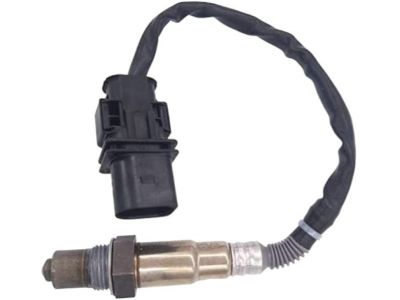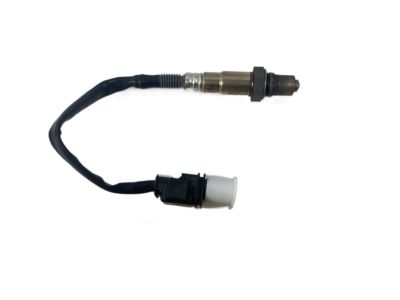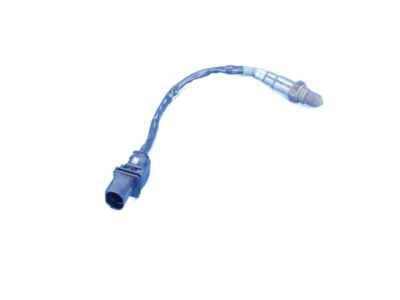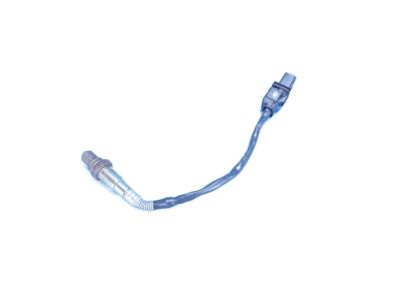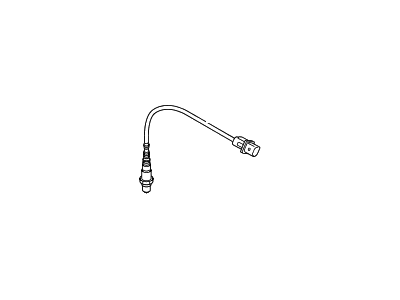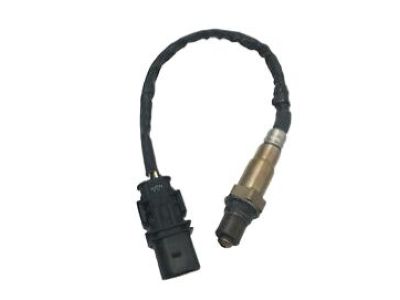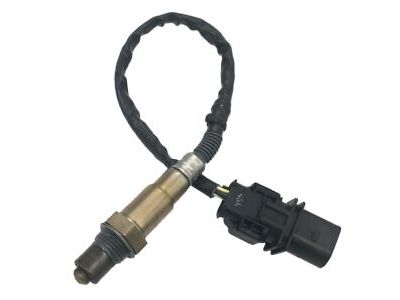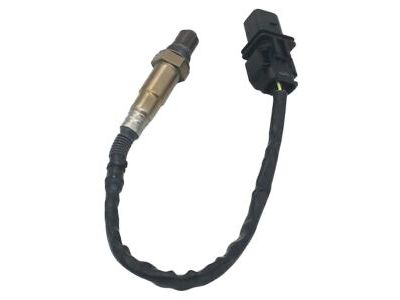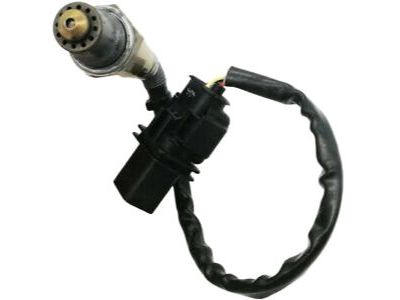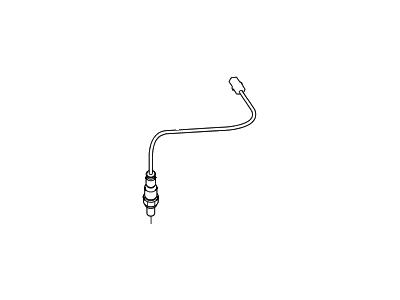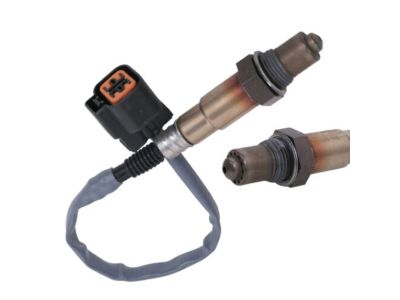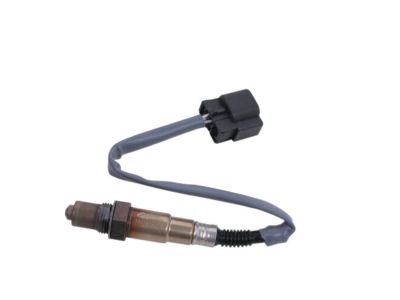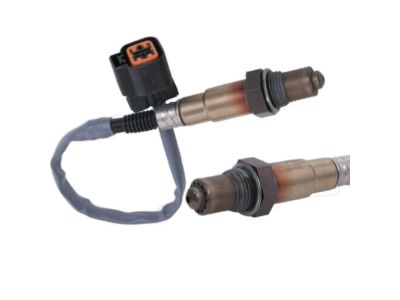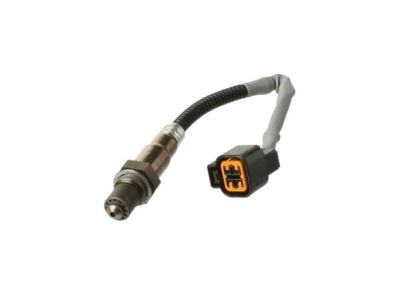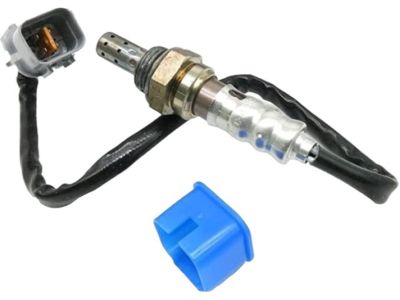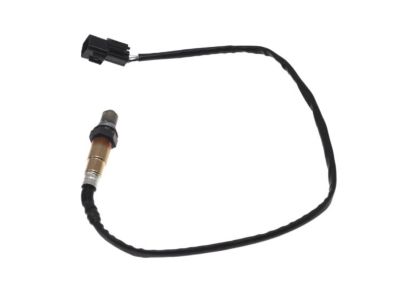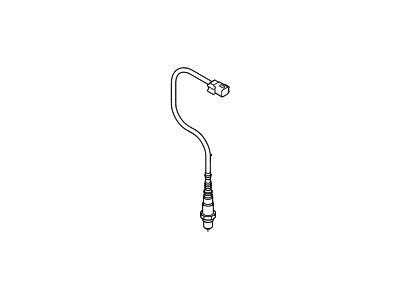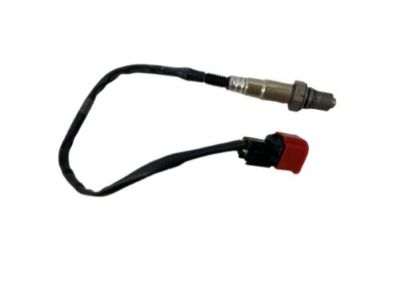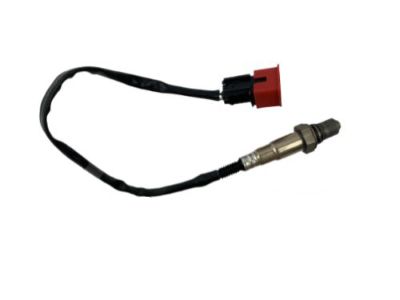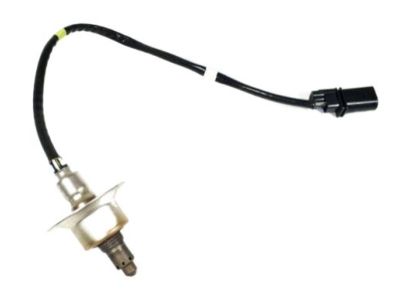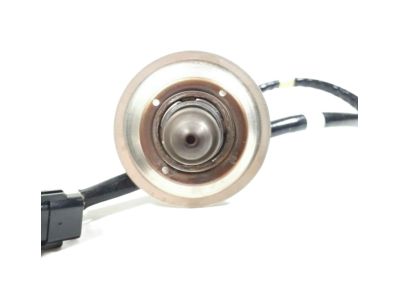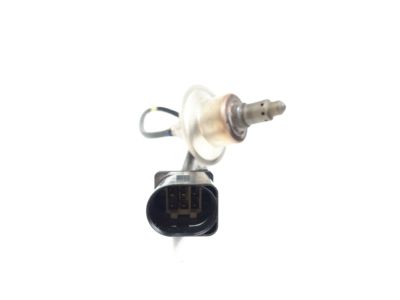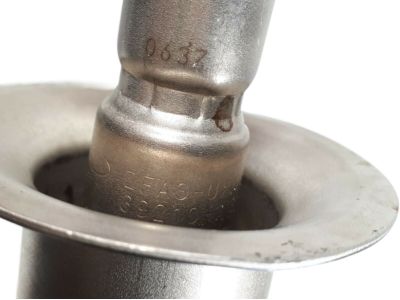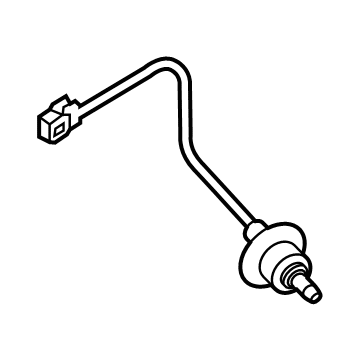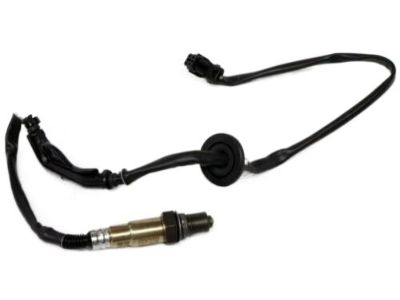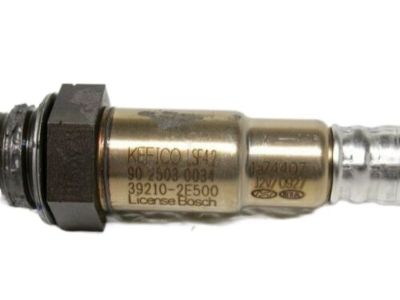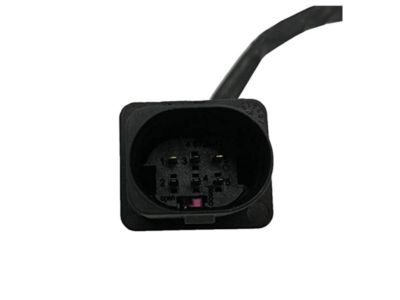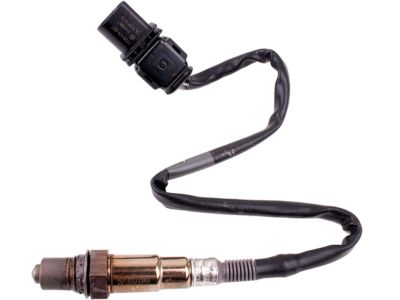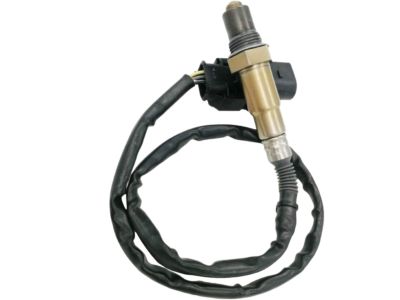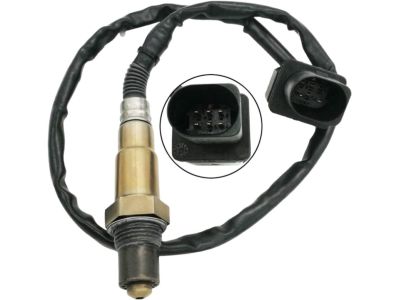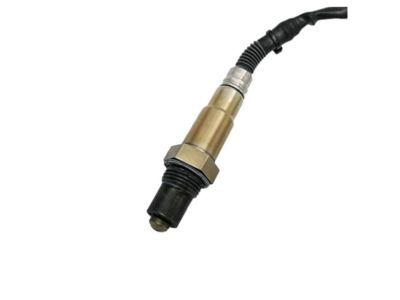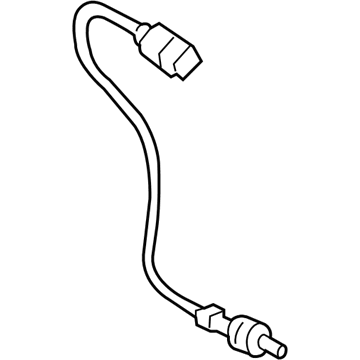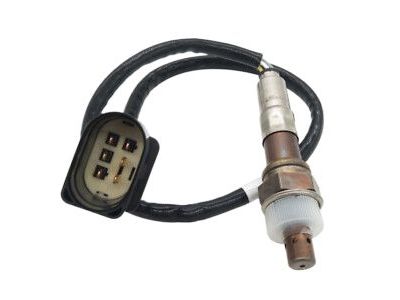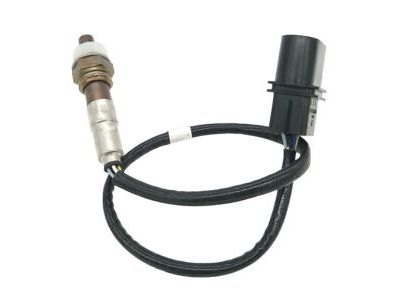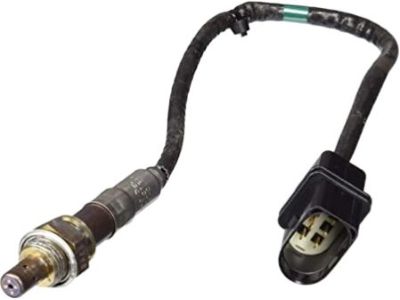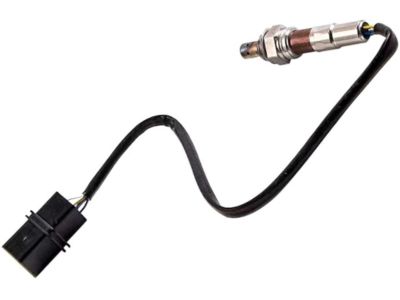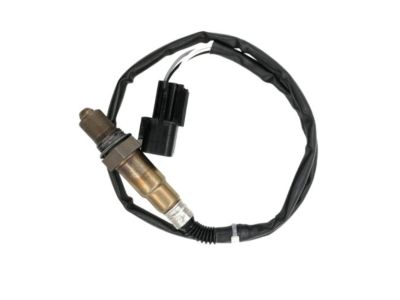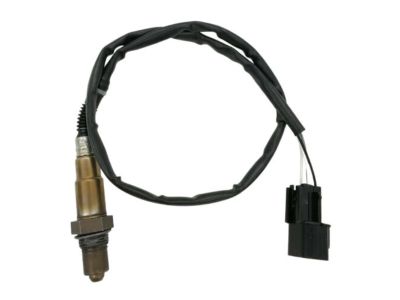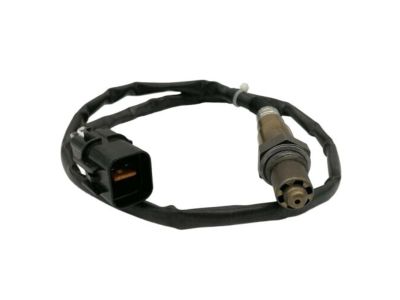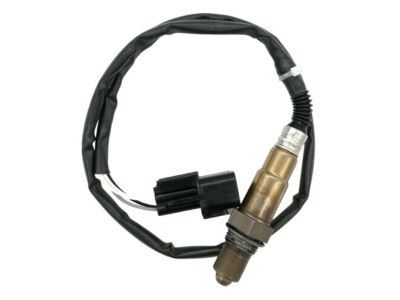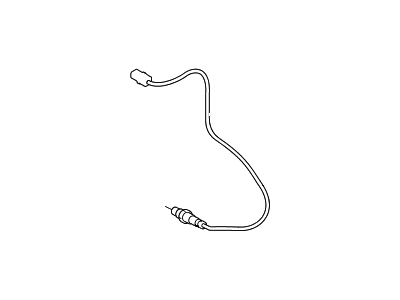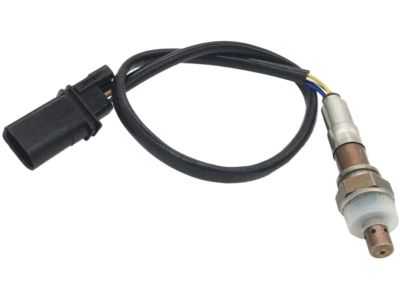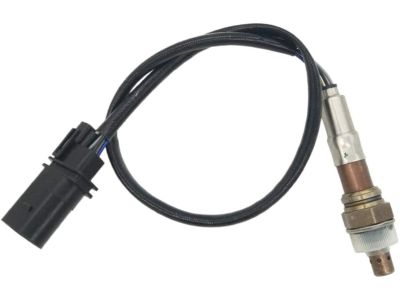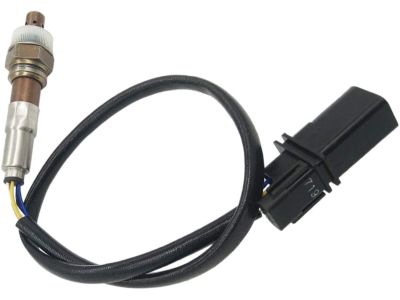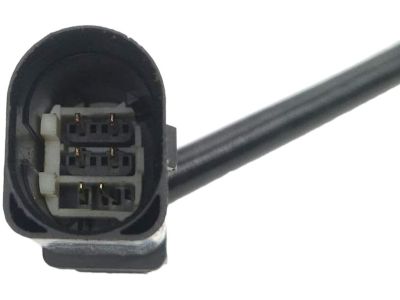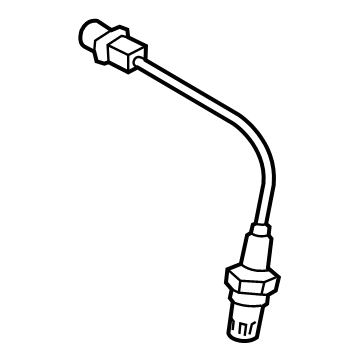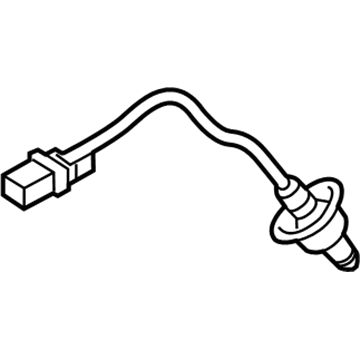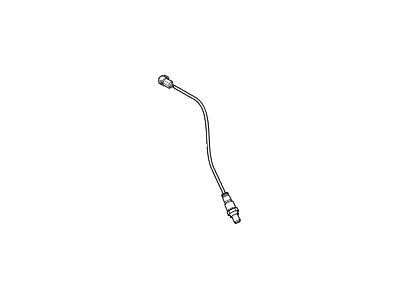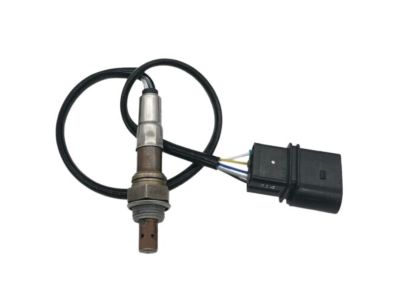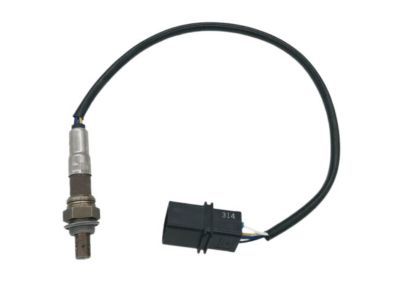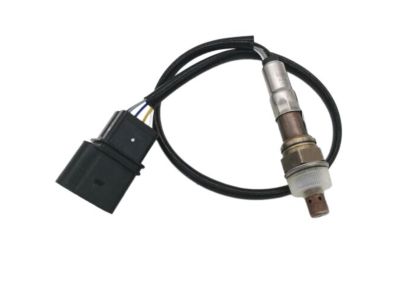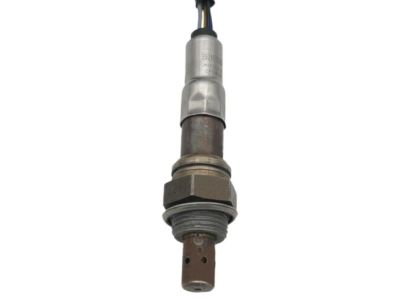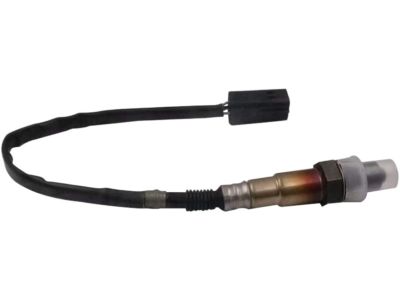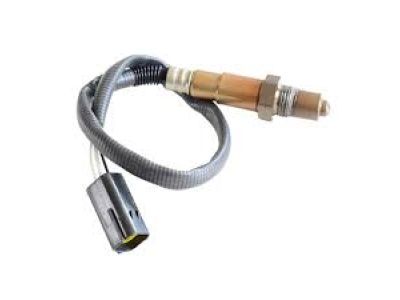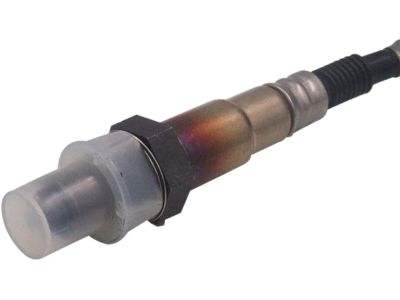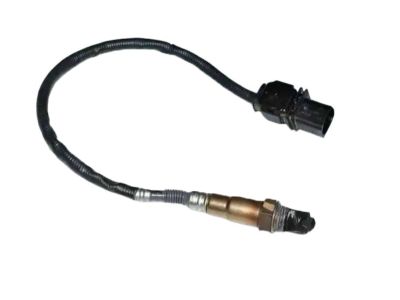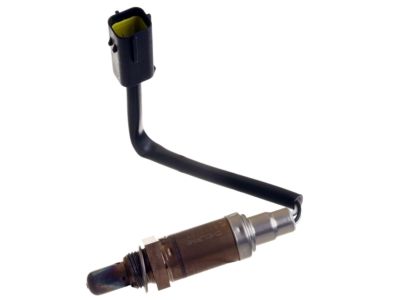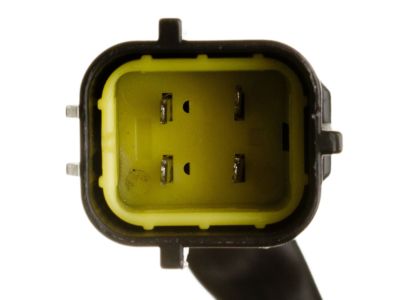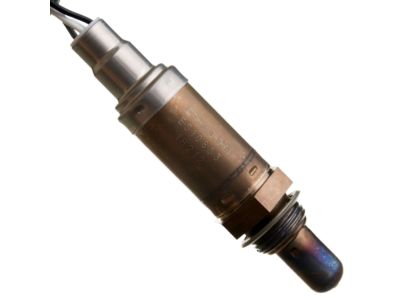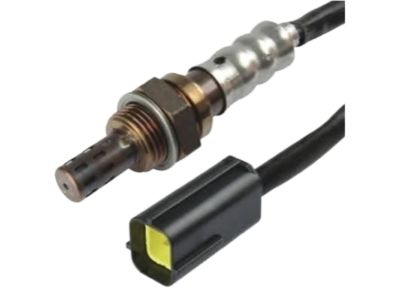×
- Hello
- Login or Register
- Quick Links
- Live Chat
- Track Order
- Parts Availability
- RMA
- Help Center
- Contact Us
- Shop for
- Hyundai Parts
- Hyundai Accessories


My Garage
My Account
Cart
Genuine Hyundai Elantra Oxygen Sensor
Oxygen O2 Sensor- Select Vehicle by Model
- Select Vehicle by VIN
Select Vehicle by Model
orMake
Model
Year
Select Vehicle by VIN
For the most accurate results, select vehicle by your VIN (Vehicle Identification Number).
38 Oxygen Sensors found

Hyundai Elantra Sensor Assembly-Oxygen
Part Number: 39210-2E101$213.56 MSRP: $300.06You Save: $86.50 (29%)Ships in 1-3 Business Days
Hyundai Elantra Sensor Assembly-Oxygen
Part Number: 39210-2E100$189.42 MSRP: $266.12You Save: $76.70 (29%)Ships in 1-2 Business Days
Hyundai Elantra Sensor Assembly-Oxygen
Part Number: 39210-23750$152.81 MSRP: $214.69You Save: $61.88 (29%)Ships in 1-3 Business Days
Hyundai Elantra Sensor Assembly-Oxygen
Part Number: 39210-2ECC2$122.90 MSRP: $172.68You Save: $49.78 (29%)Ships in 1-3 Business Days
Hyundai Elantra Sensor Assembly-Oxygen
Part Number: 39210-2ECC0$189.42 MSRP: $266.12You Save: $76.70 (29%)Ships in 1-3 Business Days
Hyundai Elantra Sensor Assembly-Oxygen,Front
Part Number: 39210-03130$171.66 MSRP: $241.18You Save: $69.52 (29%)Ships in 1-3 Business Days
Hyundai Elantra Sensor Assembly-Oxygen
Part Number: 39210-2E500$189.42 MSRP: $266.12You Save: $76.70 (29%)Ships in 1-3 Business Days
Hyundai Elantra Sensor Assembly-Oxygen
Part Number: 39210-2E200$189.42 MSRP: $266.12You Save: $76.70 (29%)Ships in 1-3 Business Days
Hyundai Elantra Sensor Assembly-Oxygen(MCC)
Part Number: 39210-23900$314.70 MSRP: $442.15You Save: $127.45 (29%)Ships in 1-3 Business Days
Hyundai Elantra Sensor Assembly-Oxygen
Part Number: 39210-2E400$189.42 MSRP: $266.12You Save: $76.70 (29%)Ships in 1-3 Business Days
Hyundai Elantra Sensor Assembly-Oxygen(MCC)
Part Number: 39210-23910$334.76 MSRP: $470.32You Save: $135.56 (29%)Ships in 1-3 Business DaysHyundai Elantra Sensor Assembly-Oxygen
Part Number: 39210-22620$202.68 MSRP: $284.76You Save: $82.08 (29%)Ships in 1-3 Business DaysHyundai Elantra Sensor Assembly-Oxygen
Part Number: 39210-23950$195.42 MSRP: $274.57You Save: $79.15 (29%)Ships in 1-3 Business DaysHyundai Elantra Sensor Assembly-Oxygen
Part Number: 39210-03140$146.53 MSRP: $205.87You Save: $59.34 (29%)Ships in 1-3 Business DaysHyundai Elantra Sensor Assembly-Oxygen,Front
Part Number: 39210-2B510$168.72 MSRP: $237.05You Save: $68.33 (29%)Ships in 1-3 Business DaysHyundai Elantra Sensor Assembly-Oxygen
Part Number: 39210-2B345$171.28 MSRP: $240.64You Save: $69.36 (29%)Ships in 1-3 Business DaysHyundai Elantra Sensor Assembly-Oxygen
Part Number: 39210-33070$142.57 MSRP: $200.31You Save: $57.74 (29%)Ships in 1-3 Business Days


| Page 1 of 2 |Next >
1-20 of 38 Results
Hyundai Elantra Oxygen Sensor
If you are looking for affordable high-quality OEM Hyundai Elantra Oxygen Sensor, then you have come to the prime place. Our website provides a large amount of genuine Hyundai Elantra Oxygen Sensor at unbeatable prices. All our parts come backed with the manufacturer's warranty.
Hyundai Elantra Oxygen Sensor Parts Questions & Experts Answers
- Q: What is the general information regarding Heated Oxygen Sensors (HO2S) in Hyundai Elantra?A:All vehicles covered are equipped with an upstream and a downstream Heated Oxygen Sensor (HO2S). The upstream HO2S is located ahead of the Catalytic Converter on models from 1996 to 2000, while on 2001 and later models, it is found in the exhaust manifold; the downstream HO2S is positioned behind the converter. The upstream HO2S monitors the oxygen content in the exhaust gas stream, producing a voltage output ranging from 100 millivolts for a lean mixture to 800 millivolts for a rich mixture, which the PCM uses to adjust the air/fuel mixture for optimal emissions. The HO2S must reach approximately 600 degrees F to function correctly, and during warm-up, the PCM operates in open loop mode. Proper operation of the oxygen sensor depends on clean electrical connections, adequate air supply, correct operating temperature, and the use of unleaded fuel. The downstream HO2S functions similarly but is used by the PCM to monitor catalytic converter efficiency. Caution is advised as the HO2S is sensitive to circuit loads; testing should be done with a digital voltmeter, and care should be taken to avoid damaging the sensor. Voltage readings from the upstream HO2S should fluctuate between 100 and 800 millivolts, while the downstream HO2S should remain stable. Battery voltage and ground circuits should be checked, and the oxygen sensor heater should be tested for an open circuit. If issues persist, the wiring harness and connectors should be inspected. For replacement, the exhaust pipe should be warmed to ease removal, and care should be taken to avoid damaging the HO2S or its connectors. Anti-seize compound should be applied to the threads before installation, and the sensor should be tightened to the specified torque before reconnecting the electrical connector and lowering the vehicle.
Related Hyundai Elantra Parts
Browse by Year
2023 Oxygen Sensor 2022 Oxygen Sensor 2021 Oxygen Sensor 2020 Oxygen Sensor 2019 Oxygen Sensor 2018 Oxygen Sensor 2017 Oxygen Sensor 2016 Oxygen Sensor 2015 Oxygen Sensor 2014 Oxygen Sensor 2013 Oxygen Sensor 2012 Oxygen Sensor 2011 Oxygen Sensor 2010 Oxygen Sensor 2009 Oxygen Sensor 2008 Oxygen Sensor 2007 Oxygen Sensor 2006 Oxygen Sensor 2005 Oxygen Sensor 2004 Oxygen Sensor 2003 Oxygen Sensor 2002 Oxygen Sensor 2001 Oxygen Sensor 2000 Oxygen Sensor 1999 Oxygen Sensor 1998 Oxygen Sensor 1997 Oxygen Sensor 1996 Oxygen Sensor 1995 Oxygen Sensor 1994 Oxygen Sensor 1993 Oxygen Sensor 1992 Oxygen Sensor 1991 Oxygen Sensor
